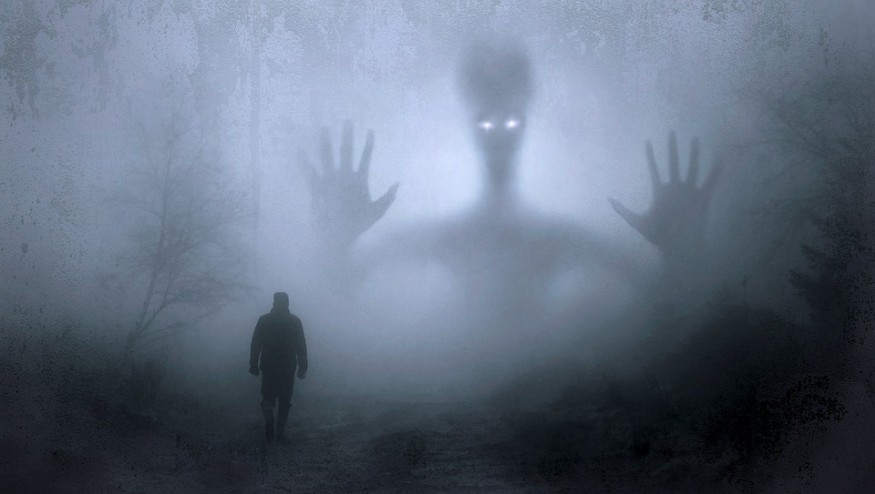
1. Halloween is about 2,000 years old and have changed considerably since the first time it was practiced.
Halloween is originally a Celtic pagan festival called "Samhain," which is the end of harvest season and the beginning of the year's "darker" half in the British Isles.
Then, as the Christian community gained power in pagan communities, their leaders tried to reframe this festival. The first attempt was done by Pope Boniface in the 5th century, who set it on May 13. But the culture of Samhain did not disappear even after four centuries had passed. So Pope Gregory moved it back to October 31, while naming November 1 as "All Saints' Day" and "All Souls' Day" for the day after.
Further modification happened when the United States embraced it in the 18th century, after the first wave of Scottish and Irish immigrants moved there. This was when the term "Halloween" was adapted from "Hollow's Eve."
2. The Halloween costume was meant to be a disguise to hide from wandering spirit
The ancient Celtic believes that Samhain was also the time when the barrier that separates the human world with spirit world dispersed, allowing the supernatural creatures venture in our world freely.
To prevent supernatural mischief, people would offer food or would wear disguise made from animal skins and heads so that the spirits would mistake them for one of their own.
According to fashion historian Nancy Diehl, the rural communities in the United States quickly embraced it. And by the 1920s to 1930s, Halloween masquerades become popular throughout the U.S.
3. The ancient Jack-o-Lanterns were made from turnips
The "jack-o-lantern" is based from the Celtic mythology called "Stingy Jack." Stingy Jack is a man who tricked a devil multiple times. Because of his mischievous acts, God did not allow him to enter paradise.
The devil, who was still angry at him but kept the promise of not bringing him to hell, sent Jack off into the dark nights with only a burning coal as his source of light. Then, Jack crafted a lantern on a giant turnip and has been wandering around since then.
Traditionally, Irish and Scottish people carved turnip lanterns to scary faces to scare away evil spirits. And when the first wave of immigrants went to the United States, they used pumpkin instead, since it is more abundant there.
4. Poor people were the first one to do "Trick or Treats"
During the medieval era, poor people would knock on doors to ask for spice-filled "soul cakes" in exchange for praying for the home's dead relatives. This practice was called "soulling."
The Scottish and Irish, on the other hand, also have a similar tradition called "guising." But rather than praying, they perform a "trick" like reciting a poem, singing or telling a joke.
The origin of the phrase "trick or treat" is still unknown, but it entered the pop culture in the United States in 1951 through the Peanut comic strip. In the following year, Disney produced a cartoon with the same title which features Donald Duck and his nephews.
5. Halloween can be romantic
Halloween was not always been about scary creatures. At one point, it became a season of finding love too.
Back then, people will bake Halloween cakes that contain a ring or a thimble. Whoever gets a ring would get married within a year, and the thimble would be unlucky in love.
Scottish girls, on the other hand, believe that they can see the face of their future husband by hanging wet sheets in front of the fire during the festival.
In colonial America, an apple was used for fortune-telling game. Whoever get it first would get married first.
© 2025 NatureWorldNews.com All rights reserved. Do not reproduce without permission.





